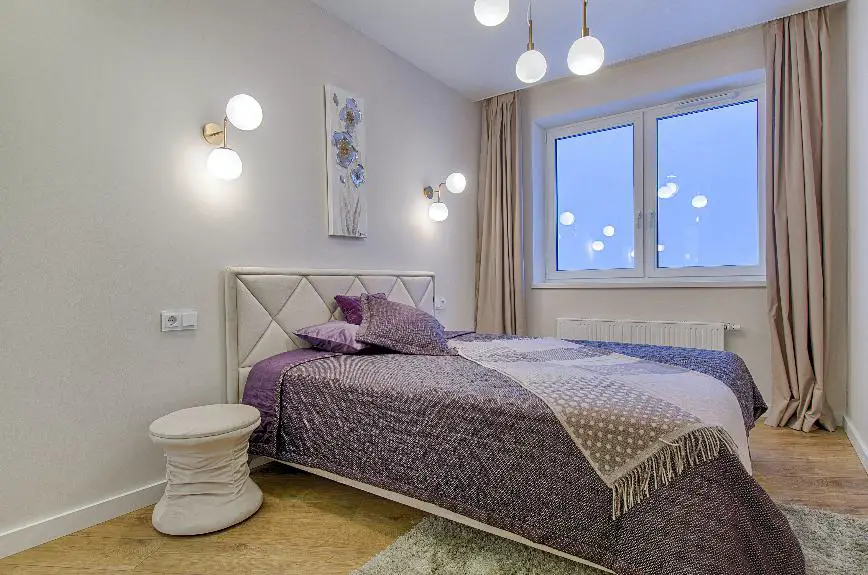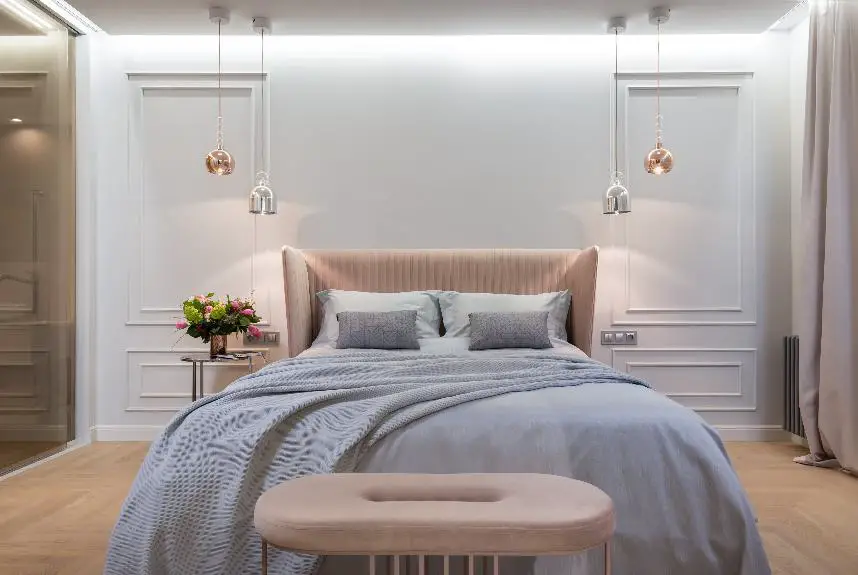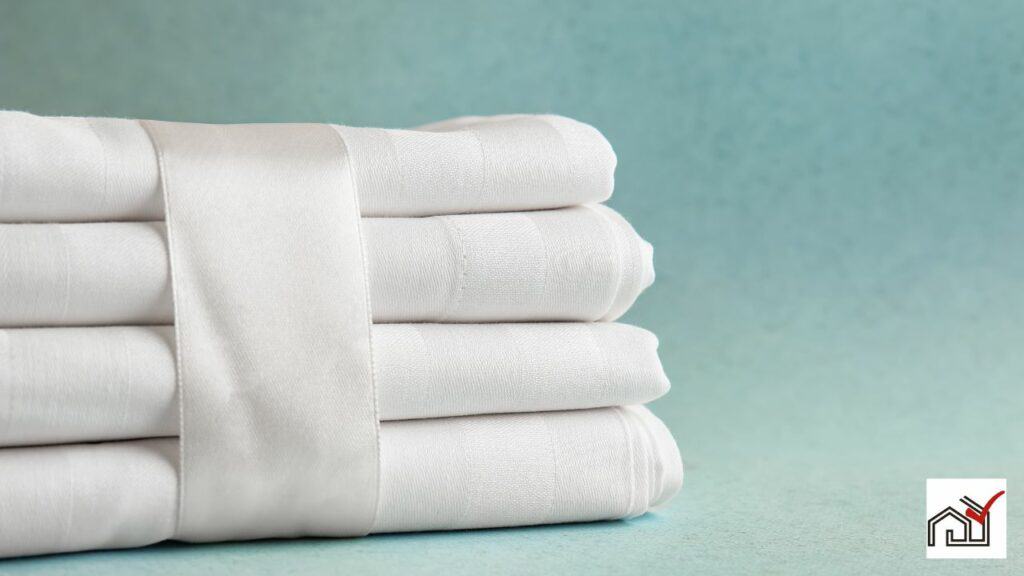Beds do not necessarily need a headboard. A headboard can be a decorative element in a bedroom and provide support for sitting up in bed, but it is not essential.
Some people may prefer the simplicity of a bed without a headboard for a minimalist style or to save space.
The decision to have a headboard depends on personal preference and practicality.
The Purpose of Headboards
Headboards serve several practical and decorative purposes. They enhance the look of a bedroom, providing a visual anchor and complementing the room's decor. Headboards come in various styles, such as upholstered or wooden, each adding to the room's aesthetic.
Beyond looks, headboards offer back support for activities like reading or watching television in bed, improving comfort for the user. They also protect the wall behind the bed from damage and paint wear caused by the bed's movement, reducing the need for wall maintenance.
Additionally, headboards prevent pillows from slipping behind the bed, ensuring a more comfortable sleep. In smaller rooms, a bed without a headboard may look unfinished and lack balance.
Aesthetic Appeal Considerations
When assessing a bedroom's aesthetic, the necessity of a headboard is debatable due to the availability of other design elements that can act as focal points. Traditionally, headboards are considered key to completing a bedroom's design, offering a visual anchor. However, interior design evolution has provided alternatives to traditional headboards.
Choosing a headboard, especially an upholstered one, can be a significant aspect of bedroom design, providing luxury and comfort. But the decision to include a headboard should align with the room's overall design theme.
Alternatives to headboards include using thin ledge shelves for functionality and aesthetic appeal, as they can display decorative items and personal belongings. Painting the wall behind the bed with bold colors or patterns can eliminate the need for a headboard, as can incorporating distinctive textures like exposed brick or a wall with plants.
Functional Benefits Explained
Headboards provide support for pillows, preventing them from slipping off the bed. They are useful for people who read or watch TV in bed, offering a comfortable backrest that helps avoid neck and back strain. Headboards also protect the wall and bedding from damage.
Without a headboard, pillows may slip behind the bed, which can disrupt sleep. Headboards can also block drafts, contributing to a warmer sleep environment.
Some headboards feature built-in storage, which is helpful in small bedrooms to keep items like books and glasses close at hand.
Additionally, headboards protect walls from oils and wear, maintaining the room's appearance. A headboard, whether part of the bed or separate, can improve a bedroom's function and design.
Bedroom Design Alternatives
Traditional headboards serve both functional and aesthetic purposes, but alternative bedroom designs can provide similar benefits without using a conventional headboard. In small rooms, it's particularly important to use the space between the bed and the wall effectively.
Bohemian-style beds offer a functional and eclectic design choice, removing the need for a headboard while enhancing the room's decor. The wall space above the bed can be used to display textiles or wall hangings, adding creativity and personality to the space.
A shelf above the bed provides a space-saving solution for storage and decoration, contributing to a minimalist and cozy atmosphere. This can be particularly useful in smaller bedrooms where space is at a premium, and it may serve as a replacement for a headboard.
For a natural look, a wall filled with plants behind the bed can serve as a dynamic and vibrant focal point. An exposed brick wall can add texture and character to a room. Displaying artwork above the bed can create a personal and stylish statement, turning the bedroom into a gallery-like space and eliminating the need for a traditional headboard.
Headboards and Sleep Quality
Headboards can influence sleep quality beyond their decorative purpose. They may keep pillows in place for those who move a lot while sleeping, contributing to a stable sleep setting. Headboards can also provide insulation, keeping warmth in and preventing discomfort from cold, particularly if the bed is against an exterior wall, which can be more pronounced in certain climates.
Upholstered headboards offer additional benefits, such as comfort for those who read or watch TV in bed and sound absorption for a quieter sleeping environment. Additionally, headboards can prevent beds from shifting and the noise that might occur if the bed frame rubs against a wall, promoting uninterrupted sleep.
Making the Right Choice
Choosing the right bedroom furniture requires balancing aesthetic preferences and functional needs. A headboard is optional; it can be a focal point or simply a functional piece, depending on your style and needs. If you read or watch TV in bed, an upholstered headboard might add comfort. However, a bed frame without a headboard can provide a simplified look and potentially reduce costs.
When selecting a bed, match it with your room's design theme. For example, a bohemian bed may not need a traditional headboard, which can complement an eclectic style. In small bedrooms, a minimalistic bed with a slim ledge can save space and still enhance the bed's appearance.
If you prefer other elements to serve as the room's centerpiece, you can skip the headboard. A wall adorned with plants or an exposed brick wall can become the room's focus, adding a touch of luxury and interest.
Consider that headboards can occupy extra space. By not having one, you may free up space for art or other decorative items, helping to create a serene bedroom environment. Deciding to include a headboard should consider both aesthetics and functionality based on your personal taste.




